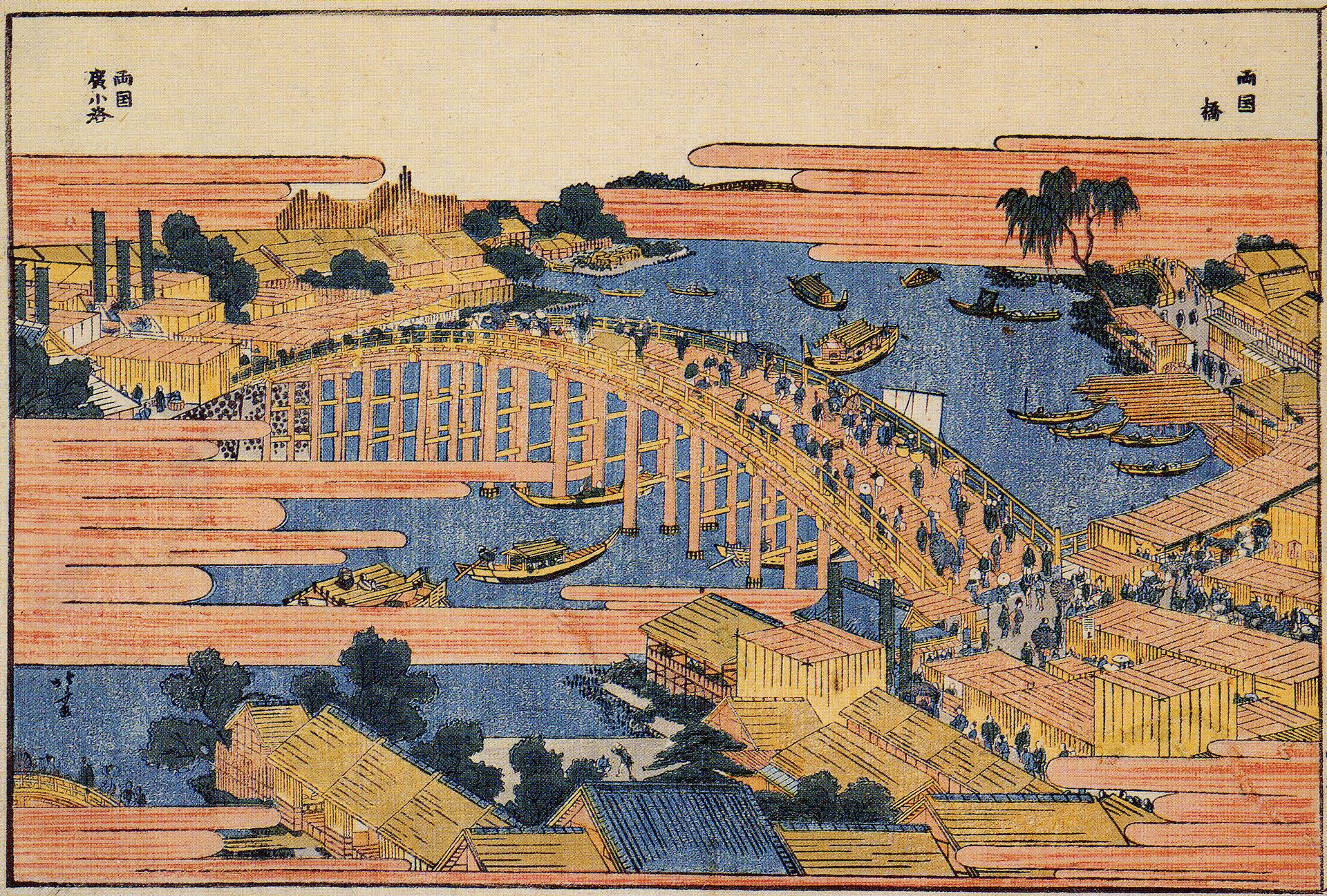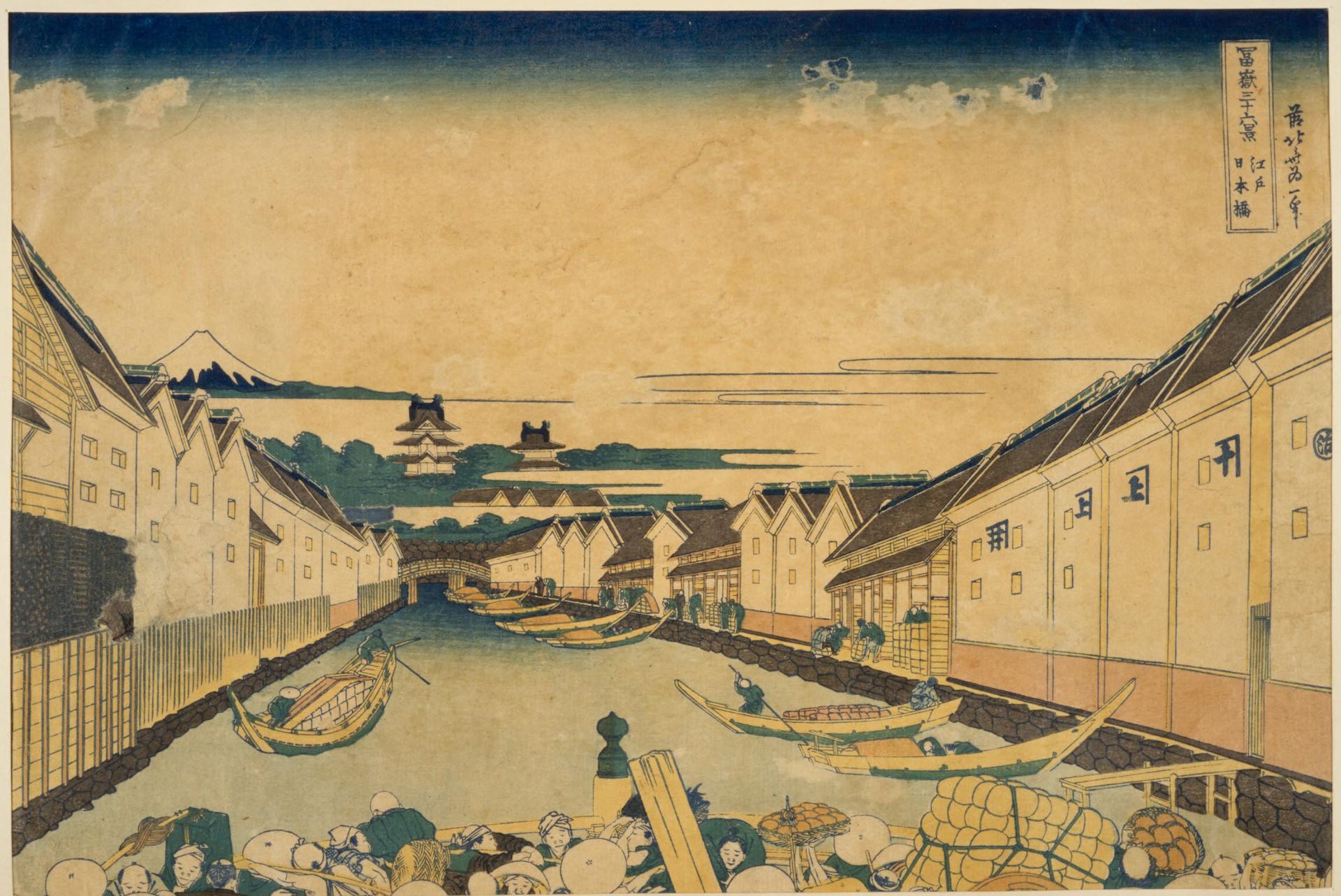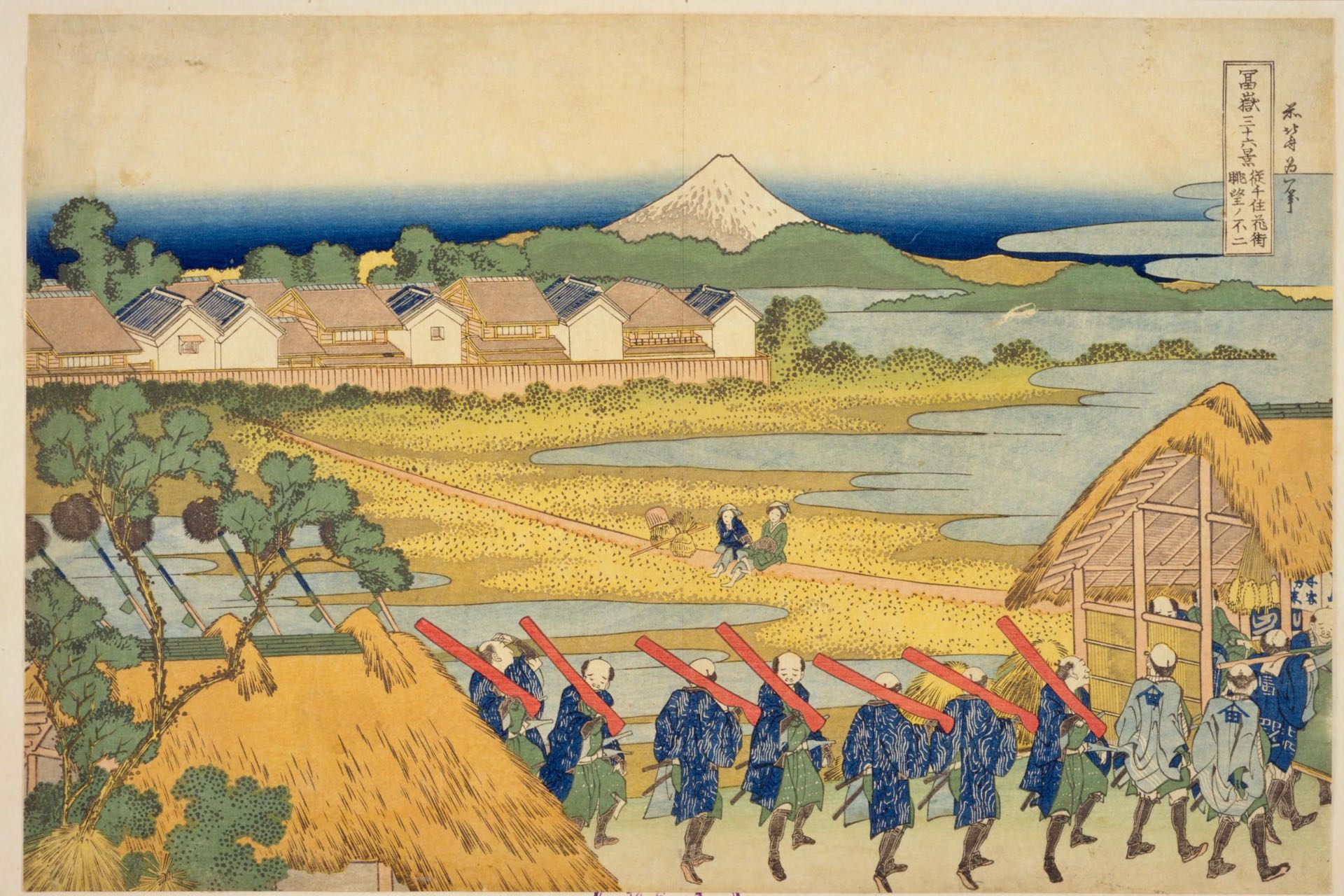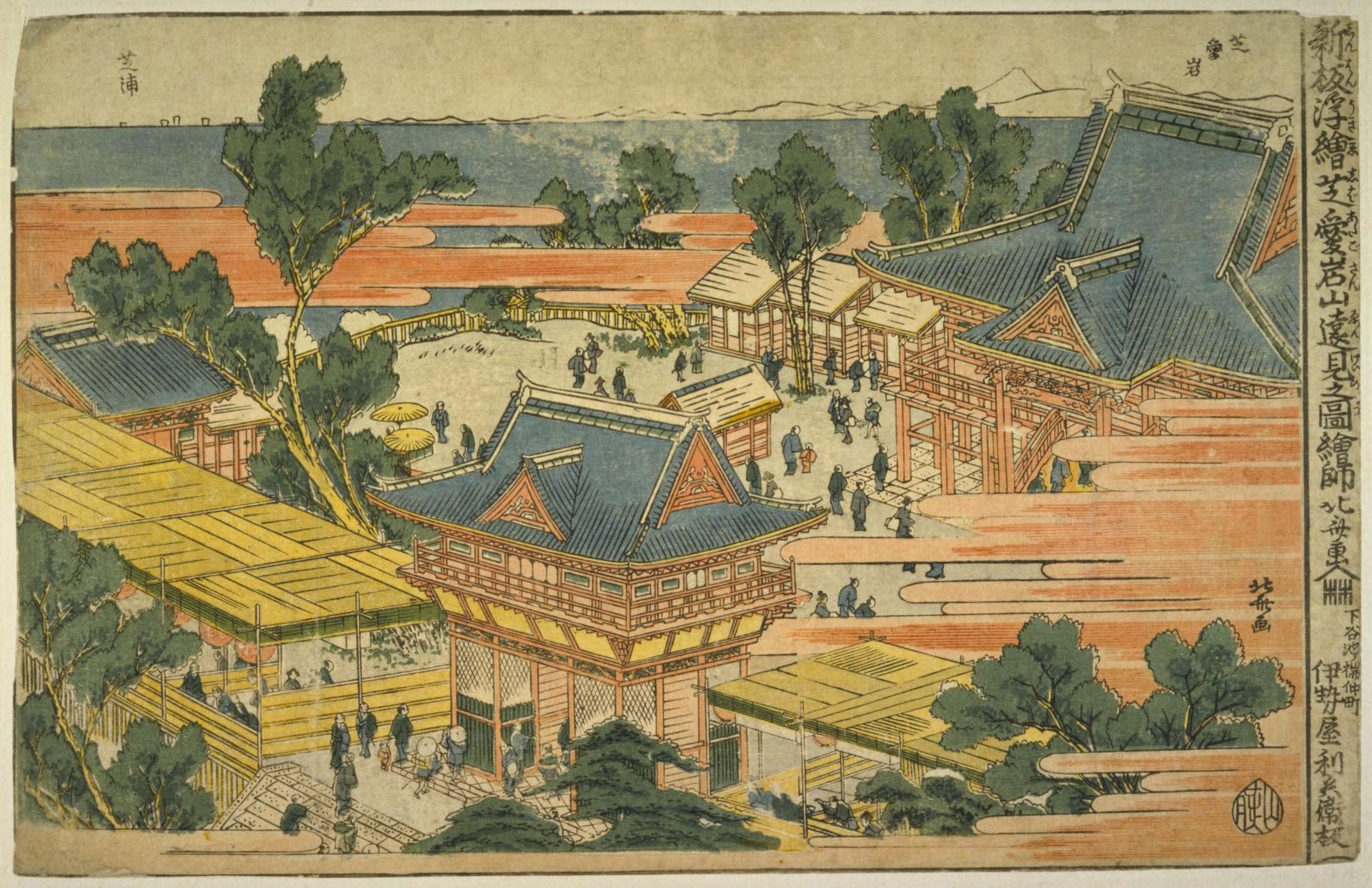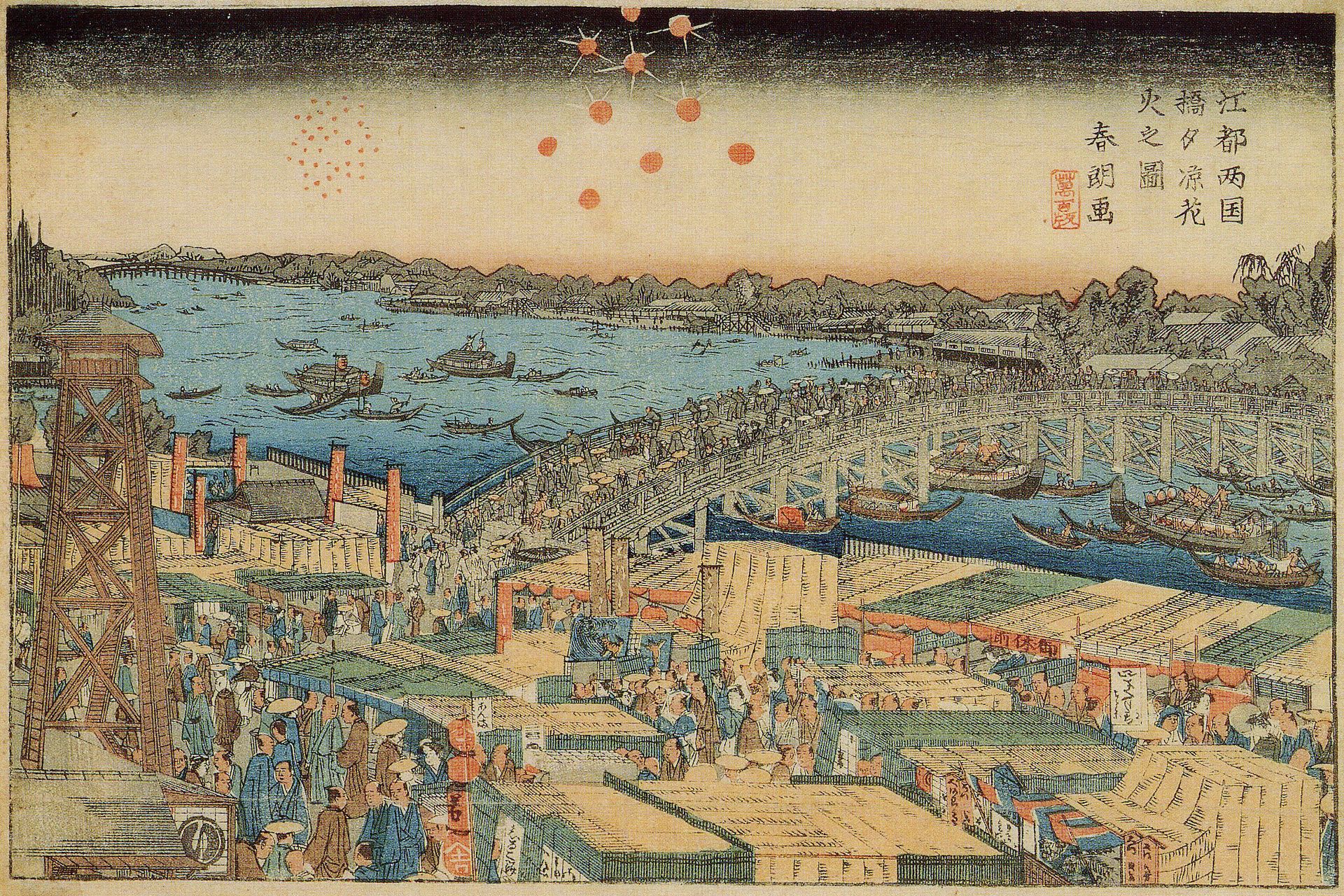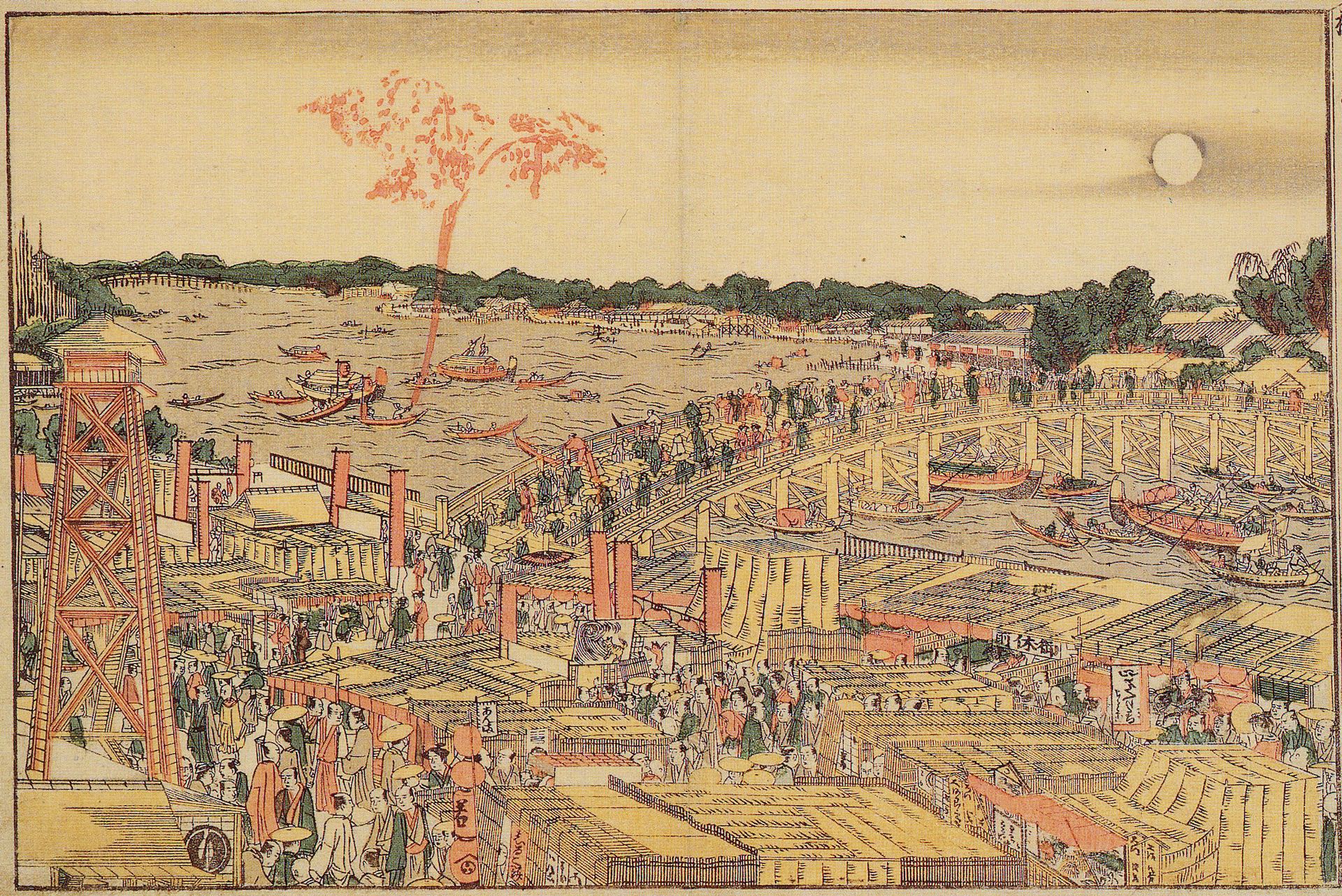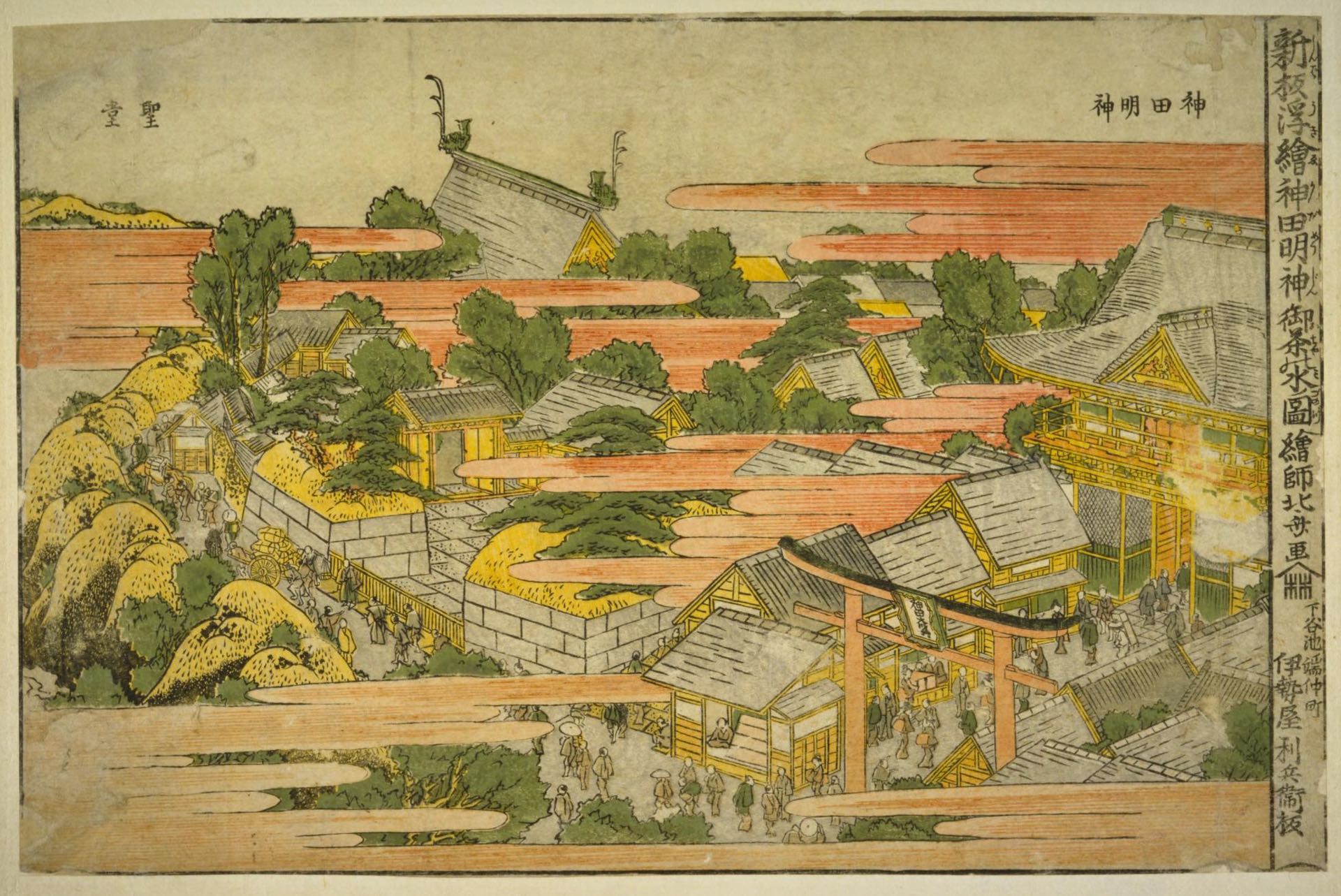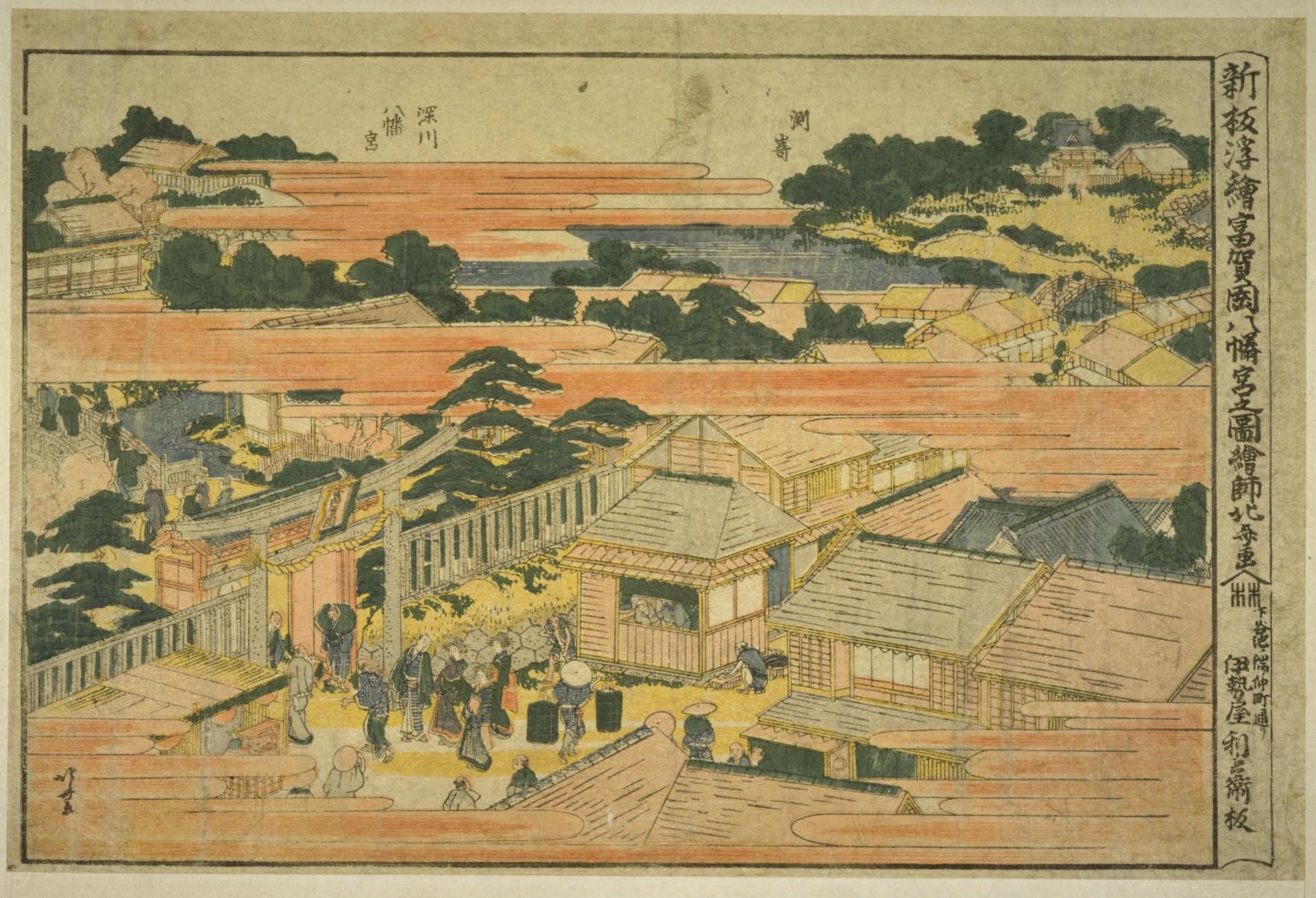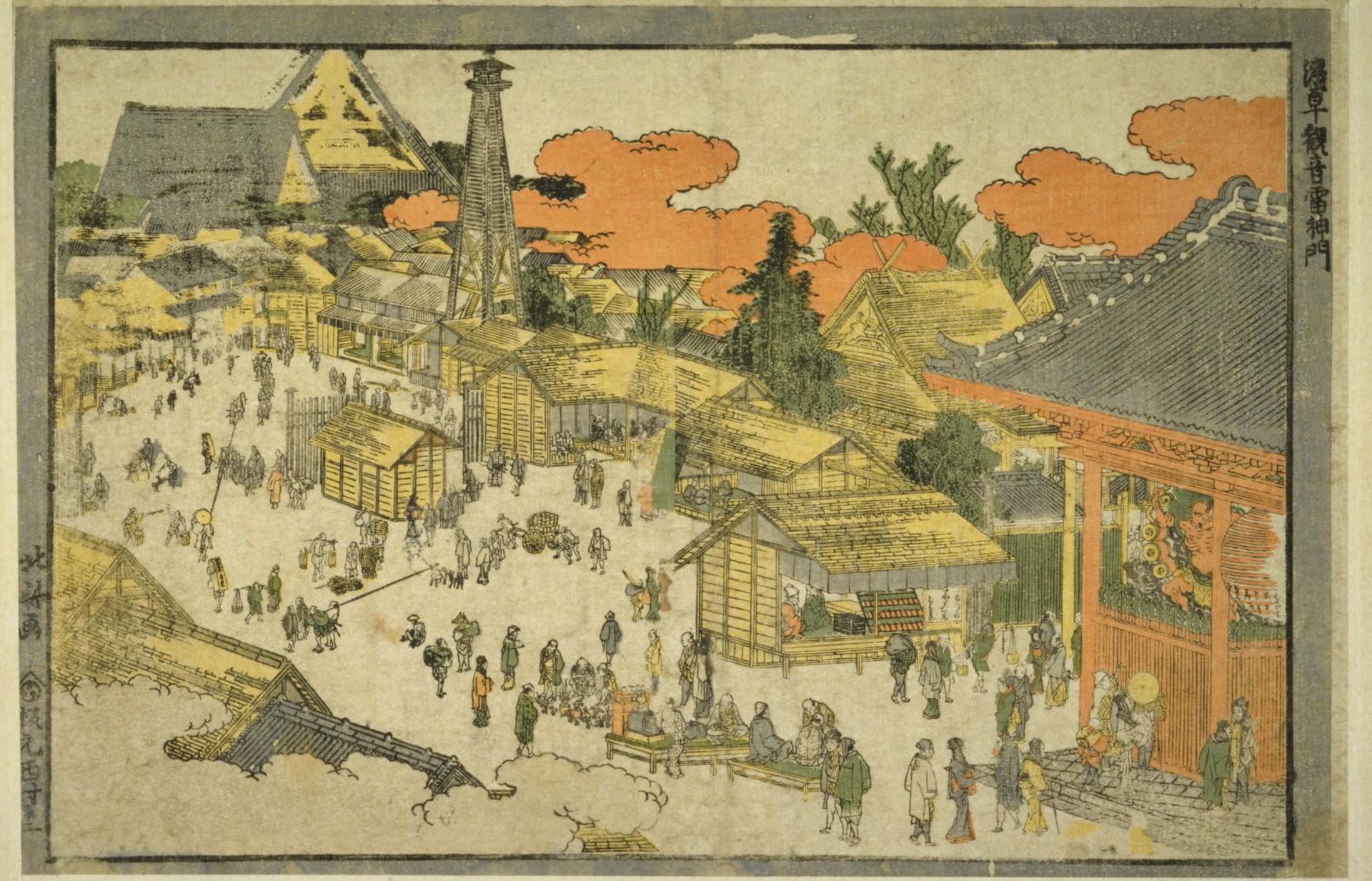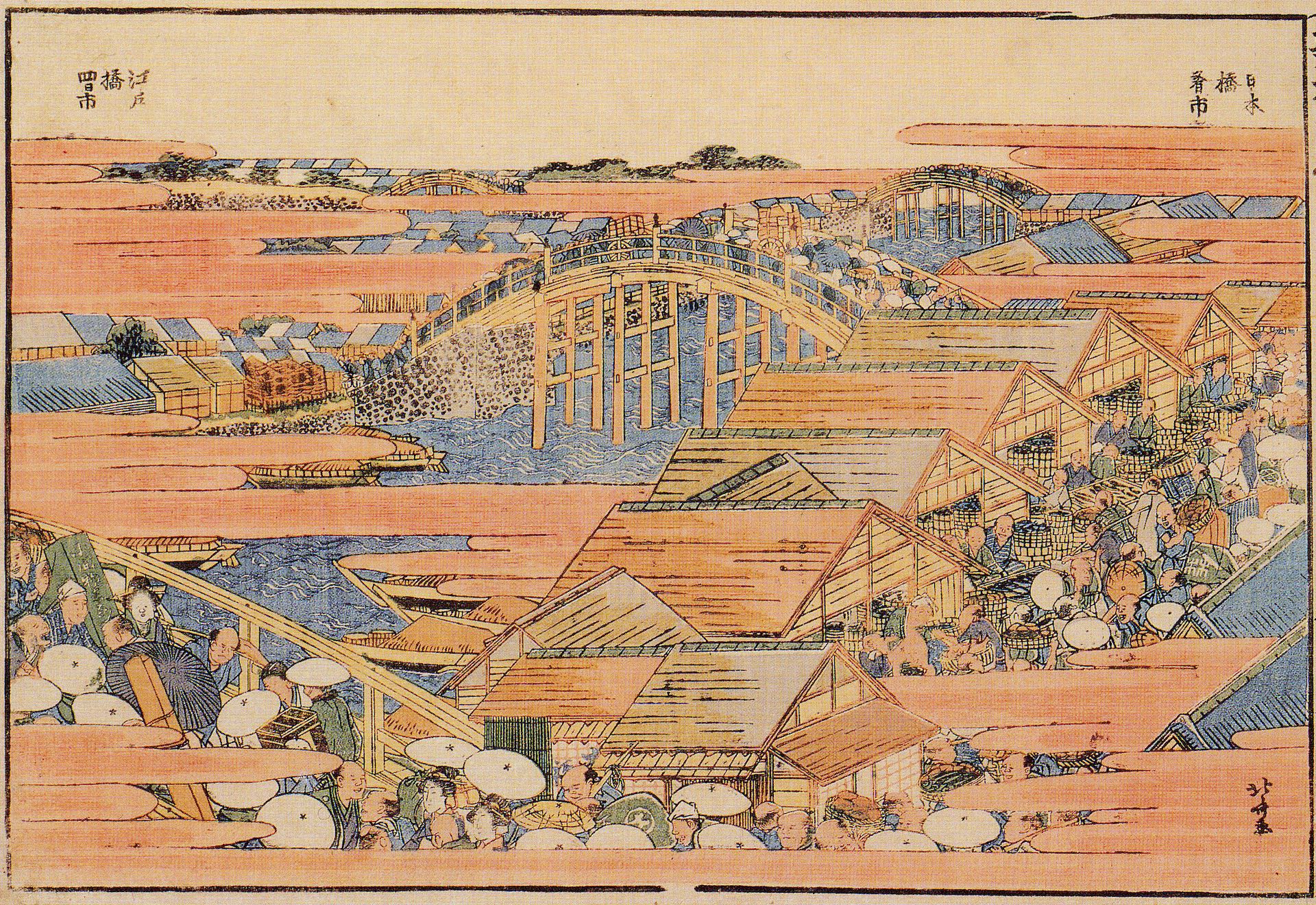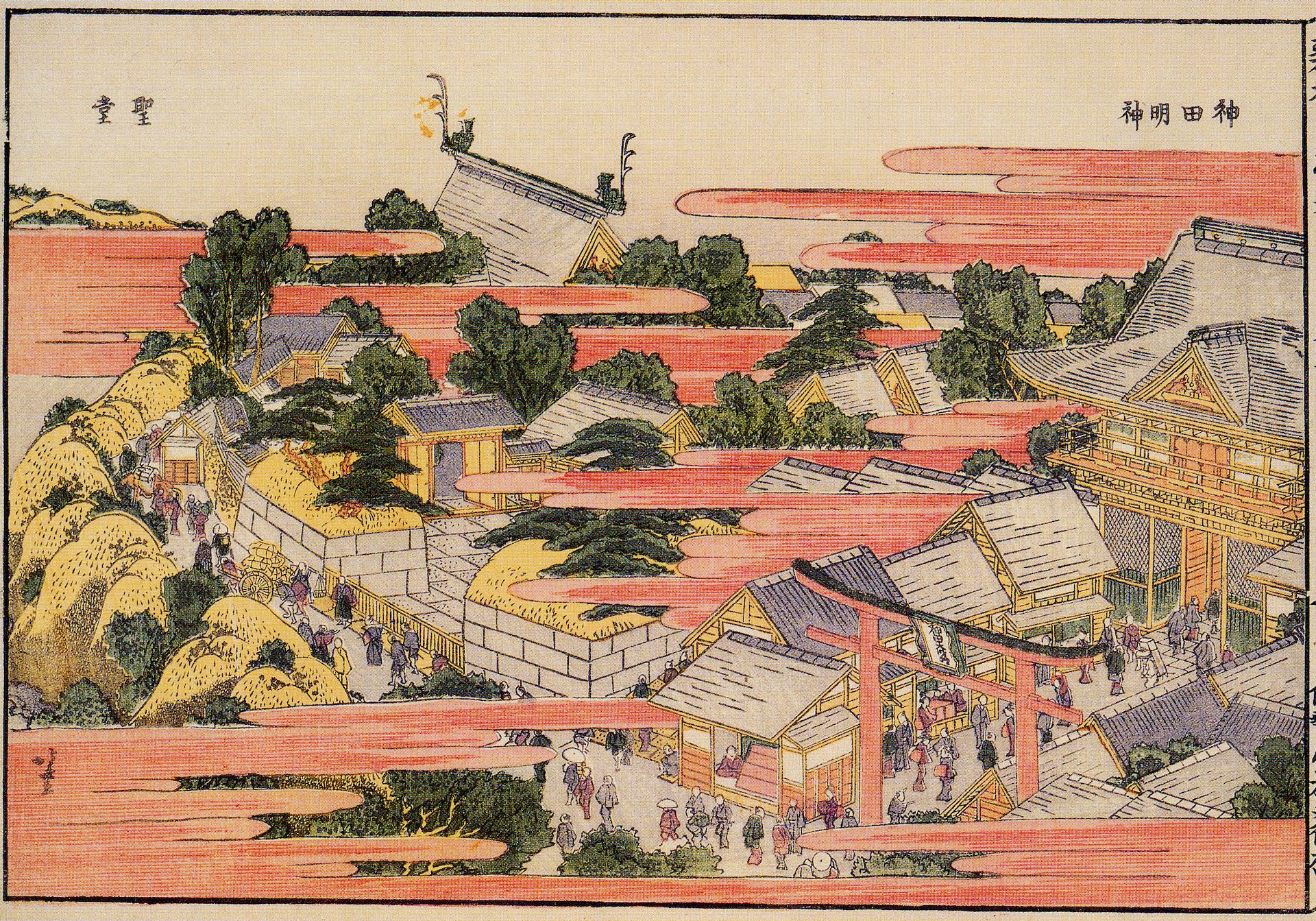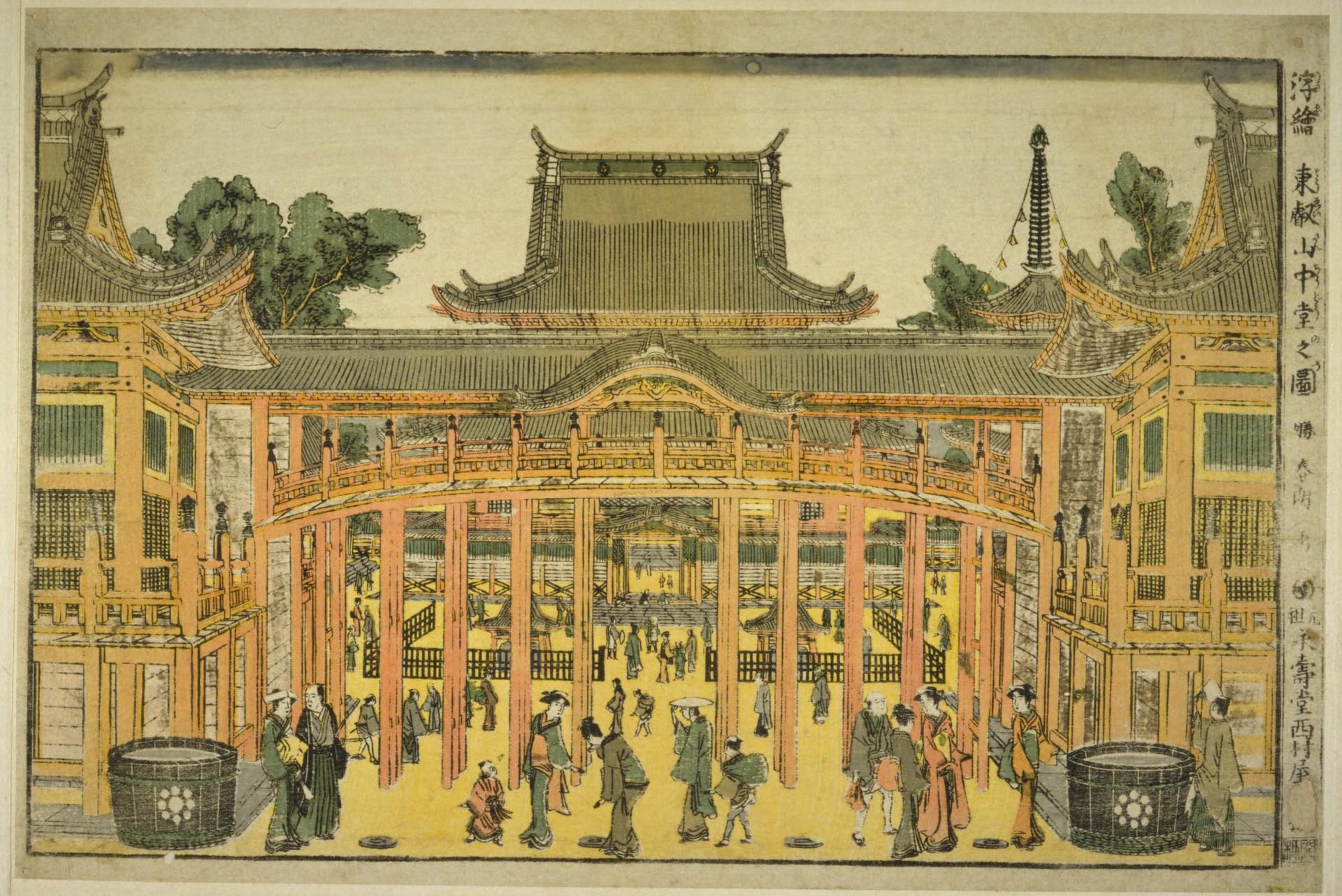Edo Canal
In the river space of the Edo period, the bridge and the surrounding urban space functioned as an open public space.
During the Edo period, Shinagawa was the first post station of the fifty-three stages of the Tokaido, and was two ri from Nihonbashi, reflecting the gateway to Edo.
The post town with its picturesque scenery was always bustling with people.
Nihonbashi was the most important distribution point, lined with riverbanks and storehouses. It was the center of all life in Edo.
In the river space of the Meiji period, there were many boathouses and restaurants from the Edo period on both sides of Yanagibashi, where the Kanda River joins the Sumida River mouth.
It prospered as a base for tailoring boats to Yoshiwara and Mukaishima and for boating on the Sumida River.
Near Yanagibashi, the area near Ryogoku Bridge, which spans the Sumida River, was bustling with Edo’s best entertainment area and a place to enjoy the cool breeze.
The foundation of Nihonbashi dates back to 1603. It was rebuilt in 1873, and after that, the road and the pedestrian road were separated for the coming and going of horse-drawn carriages and rickshaws. The existing stone bridge was built in 1911.
The area around Nihonbashi was a central river bank during the Edo period and was a prosperous place for unloading.
Shipping wholesalers gathered here, and among them, there were many wholesalers of bonito flakes and salted and dried dishes, and it was also called “bonito river bank”.
The south river bank of Motofune-cho was lined with fish markets, and boats loaded with fresh fish from Boso and Sagami no Uraura gathered here, making it a bustling fish market.
After the Great Kanto Earthquake, until the fish market moved to Tsukiji, Nihonbashi was the riverbank of Edo and Tokyo.
Ukiyo-e drawn by Hokusai Katsushika
Edo Canal Water City Plan
DATA
- Category:
Urban
- Type:
Research, City plan
- Location:
Tokyo
- Team:
YDS
- Size:
-
- Status:
IDEA
